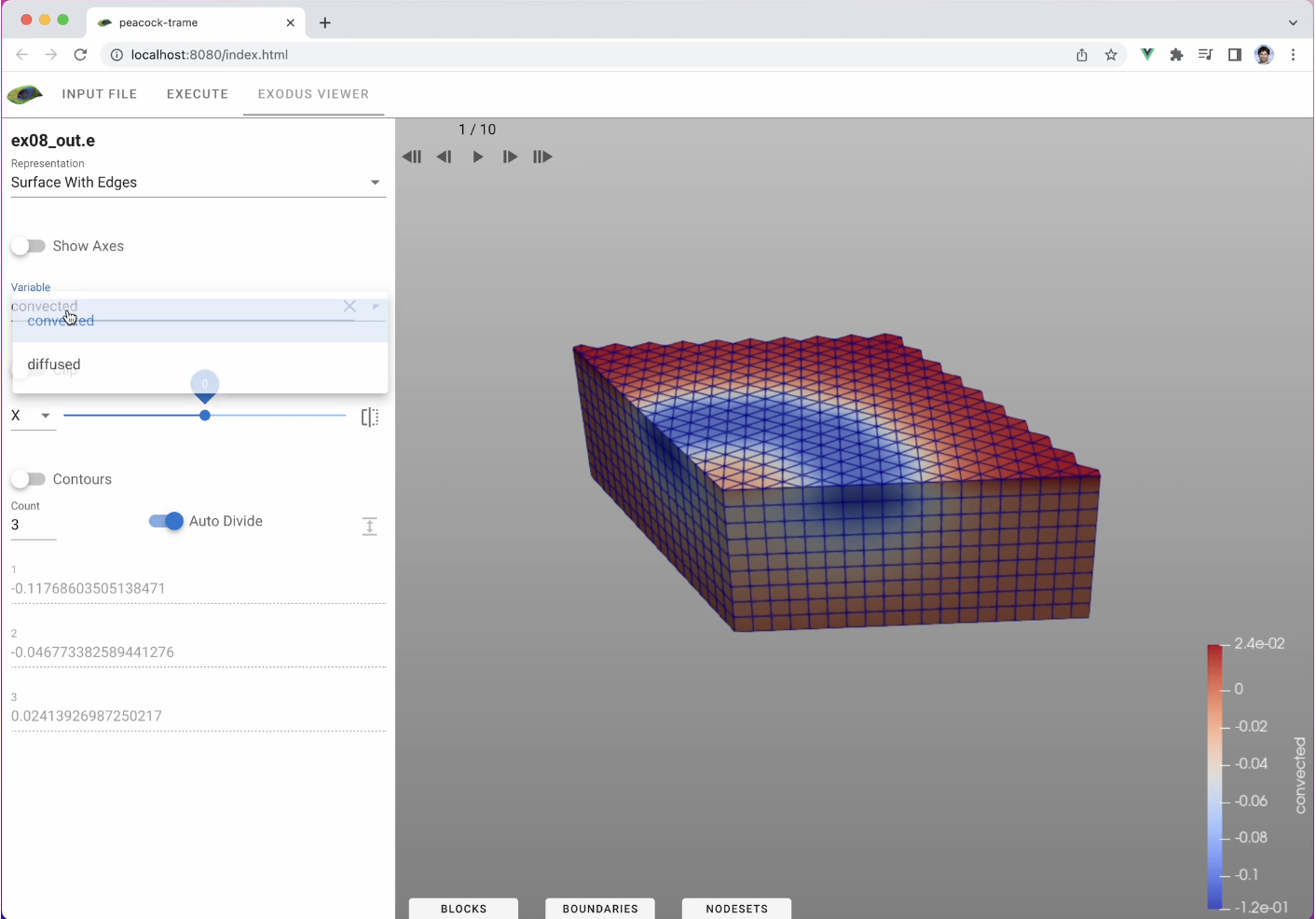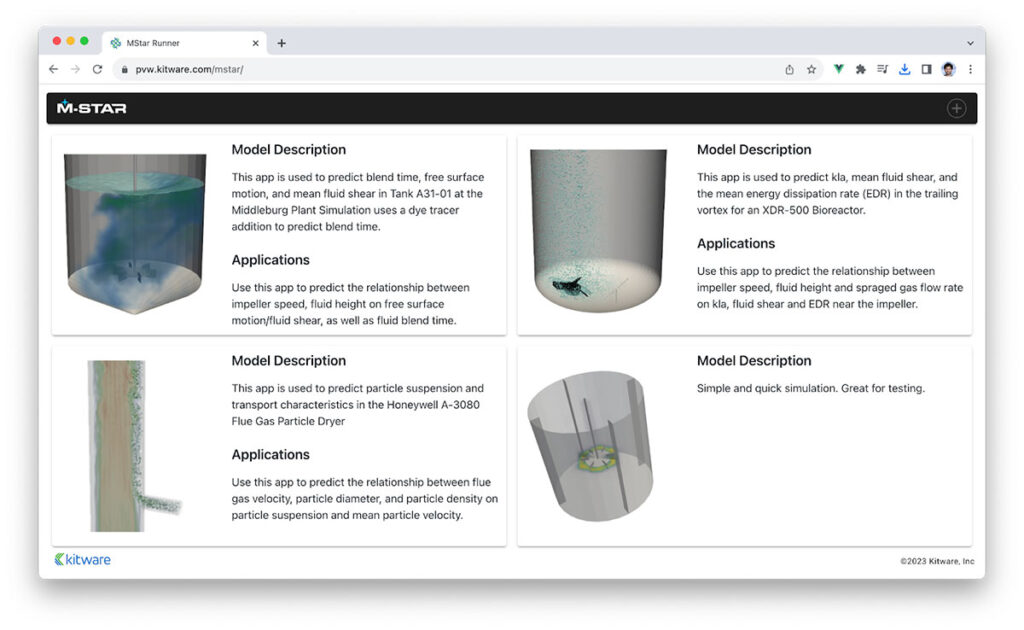Streamline Your Simulation with Microworkflows

Simulation is a proven game-changer for reducing product development time and lowering costs. But despite these clear benefits, many organizations struggle to scale simulation across teams. Why? Because most general-purpose simulation tools are notoriously complex, costly to implement, and require deep domain expertise to use effectively.
Our developers believe that modeling and simulation should be more accessible. How? By using microworkflows—a smarter, more user-friendly approach that lowers the barrier to entry for simulation technologies and delivers value across your organization.
What Are Microworkflows?
Microworkflows are lightweight applications that wrap complex modeling and simulation workflows into focused, task-specific tools. These tools:
- Create simple interfaces for end users.
- Offer predefined use cases with personalized configuration options.
- Allow domain experts to set up the simulation once, and let non-experts explore results independently.
Instead of requiring everyone to learn the full simulation platform, microworkflows allow each member of your team to focus on what they do best.
Real-World Applications
Peacock 2.0
Built on the MOOSE parallel computing platform, Peacock 2.0 enables users to define simulations, view inputs, run jobs, and visualize results—all from one intuitive interface. It puts the powerful capabilities of MOOSE into an easy interface that helps researchers and analysts learn how to use the software without needing to work from the command line.

ArrowFlow
ArrowFlow is a microworkflow application developed for M-Star CFD™. It is currently being used in the pharmaceutical and personal care product industries, but can be applied to other areas of research. It provides a clean interface that allows you to choose a simulation model, set relevant parameters, and review and analyze results.
The Value of Microworkflows
Efficiency: Reduce training needs and setup time for simulation workflows.
Scalability: Extend the reach of simulation to more roles across your organization.
Focus: Scientists and engineers spend more time solving problems—not formatting input files or debugging scripts.
ROI: Maximize the return on your existing simulation software investment by making it useful to more people.
Why Kitware?
We don’t just build custom microworkflows—we also create the open source platforms that power them, like trame, VTK, and ParaView. Our team of software engineers and computational scientists knows how to make complex systems approachable, effective, and scalable.
Whether you’re looking to:
- Increase adoption of simulation tools across departments.
- Improve the usability of existing models.
- Reduce time-to-insight with smarter interfaces.
Kitware can help you get there faster!
Next Steps: Watch the Webinar!
Discover how leading organizations are leveraging microworkflows to modernize their simulation strategies.
Ready to Modernize Your Simulation Workflow?
Discuss your project with our developers to explore how we can assist you.
We offer support, training, and custom development to help you scale simulation across your team.